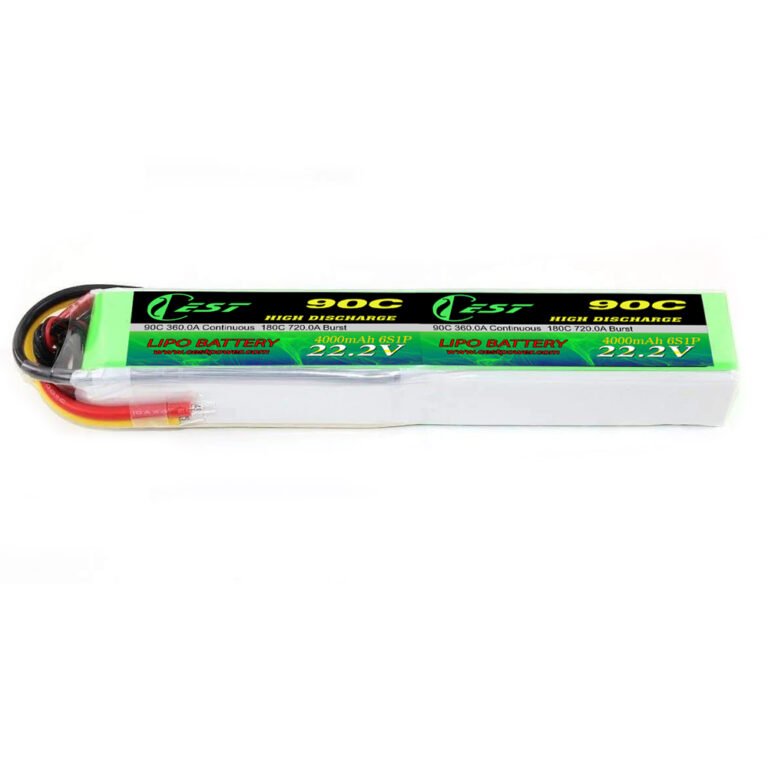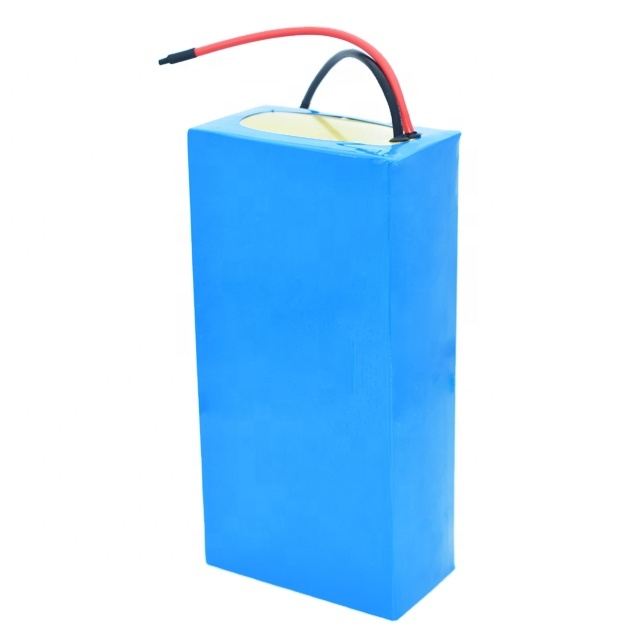The debate surrounding the compatibility of Lithium Polymer (LiPo) batteries with brushed motors has intrigued enthusiasts and hobbyists alike. Brushed motors, known for their simplicity and reliability, have been a staple in various applications, ranging from RC cars to model boats. The introduction of LiPo batteries, with their high energy density and power output, has raised questions about their suitability for brushed motor systems. In this article, we will explore the dynamics of using LiPo batteries with brushed motors and delve into the factors that influence their performance.
Understanding Brushed Motors:
Brushed motors operate on a basic principle where brushes and a commutator create a rotating magnetic field, driving the motor’s shaft. These motors are popular due to their affordability, simplicity, and ease of control. However, they tend to have lower efficiency compared to their brushless counterparts.
Advantages of LiPo Batteries:
LiPo batteries offer a higher energy density, allowing them to deliver more power and longer run times. They are also lighter and more compact than traditional nickel-based batteries, making them a favorite among hobbyists seeking high-performance solutions.
Compatibility Challenges:
When it comes to pairing LiPo batteries with brushed motors, there are several challenges to consider:
Voltage Compatibility:
LiPo batteries typically operate at higher voltages (3.7V per cell). Brushed motors, designed for lower voltage applications, might face challenges in handling the increased voltage, potentially leading to overheating and reduced motor lifespan.
Current Draw:
LiPo batteries can deliver high current output. Brushed motors, especially older or less powerful ones, might struggle to handle the increased current, impacting their efficiency and longevity.
Optimizing Performance:
While challenges exist, there are ways to optimize the use of LiPo batteries with brushed motors:
Voltage Regulation:
Implementing a voltage regulator can ensure that the motor receives a stable voltage within its operating range. This prevents voltage spikes, safeguards the motor, and promotes a longer lifespan.
Current Limiting:
Using an appropriate current limiter or resistor can moderate the current flow to match the motor’s specifications. This prevents excessive current draw, reducing stress on the motor’s internal components.
Experimentation and Safety:
Enthusiasts often find the best performance through experimentation and careful observation:
Testing:
Experimenting with different LiPo battery configurations and observing the motor’s performance under various loads can provide valuable insights into the optimal setup.
Monitoring:
Regularly monitoring the motor’s temperature and performance during operation is essential. Overheating is a clear indicator of mismatched power supply and motor specifications.
Related Articles
- 7.4V 2S 11.1V 3S Lipo 1000mAh 1100mAh 1200mAh 1300mAh 2000mAh 3000mAh Airsoft High Discharge 15C 20C 35C Battery
- Outdoor Tactical Airsoft Airgun Lipo AEG Battery Pack Nunchuck 1+1 2S 7.4V 2200mAh 20C 25C 30C 3S 11.1V 1+1+1 Triple with Tamiya
- RC 25C Agriculture 5S 6S 18.5V 22.2V 22.8V 28000mAh 30000mAh 40000mAh UAV Drone Spray Lipo Battery
- What to do when lipo battery swollen?






